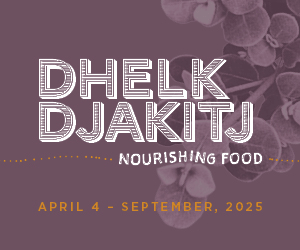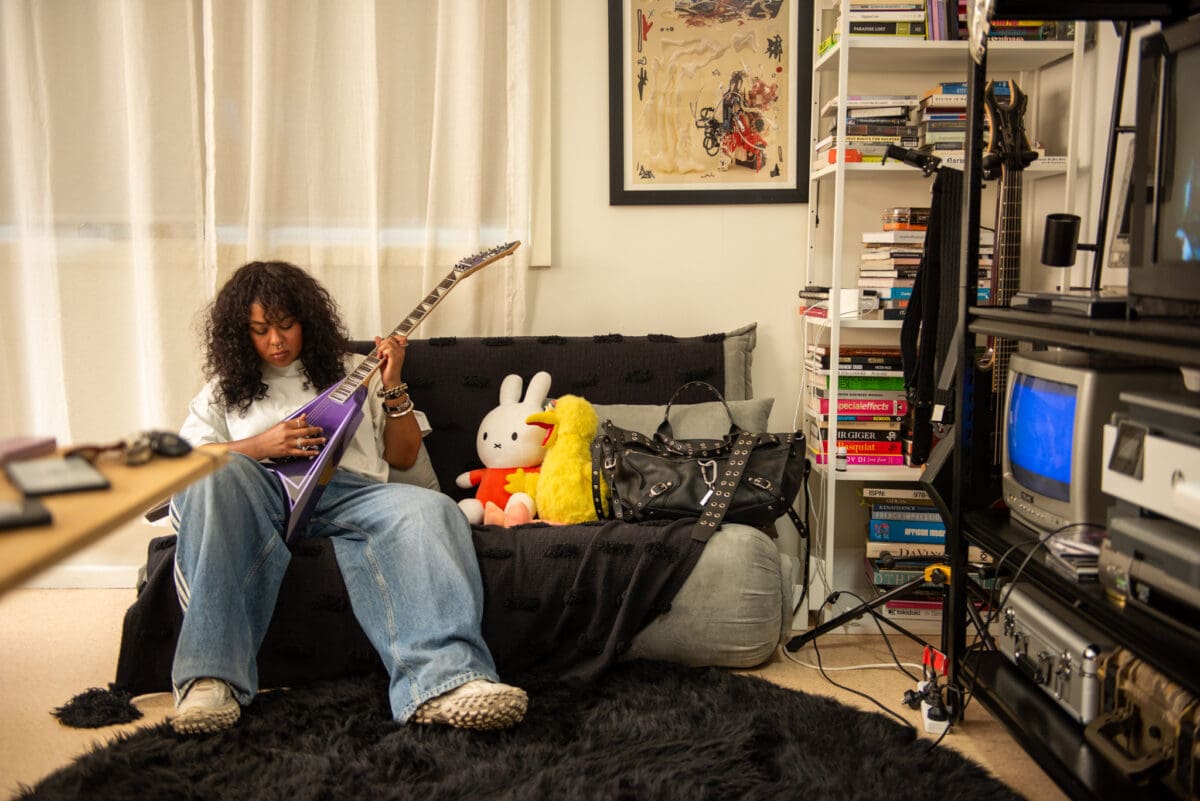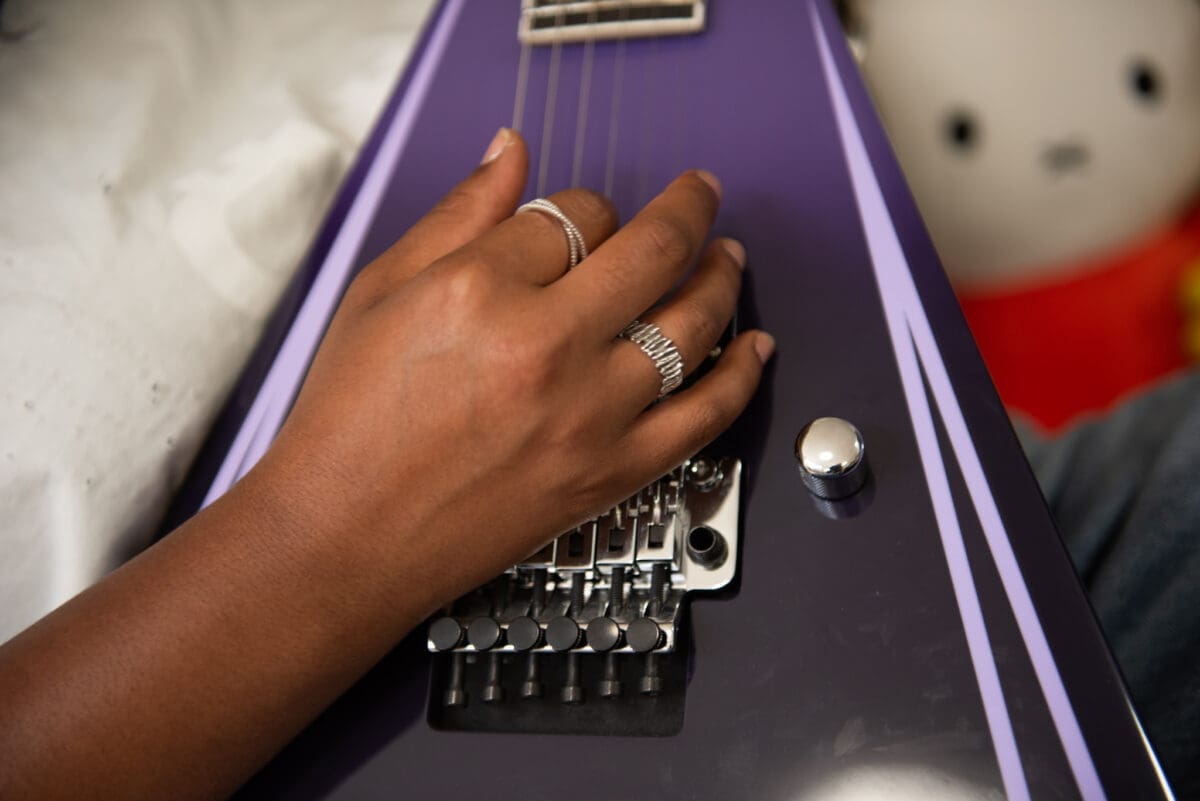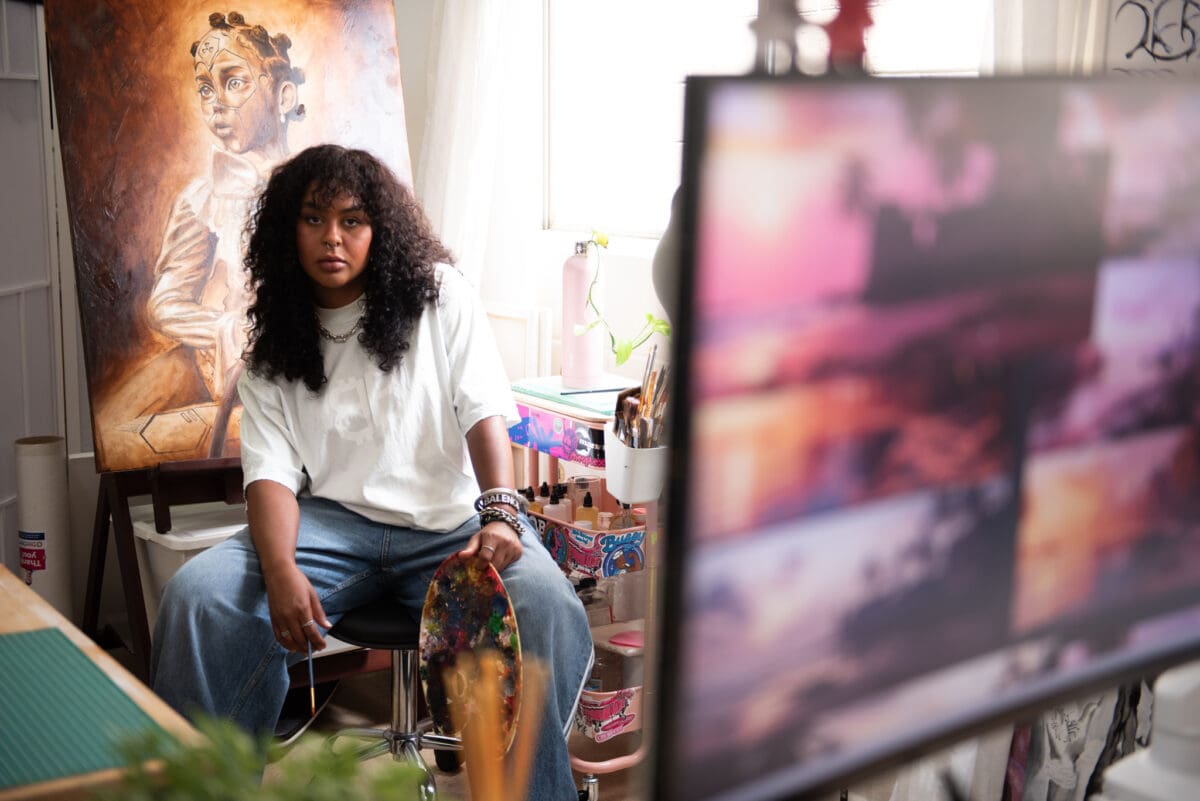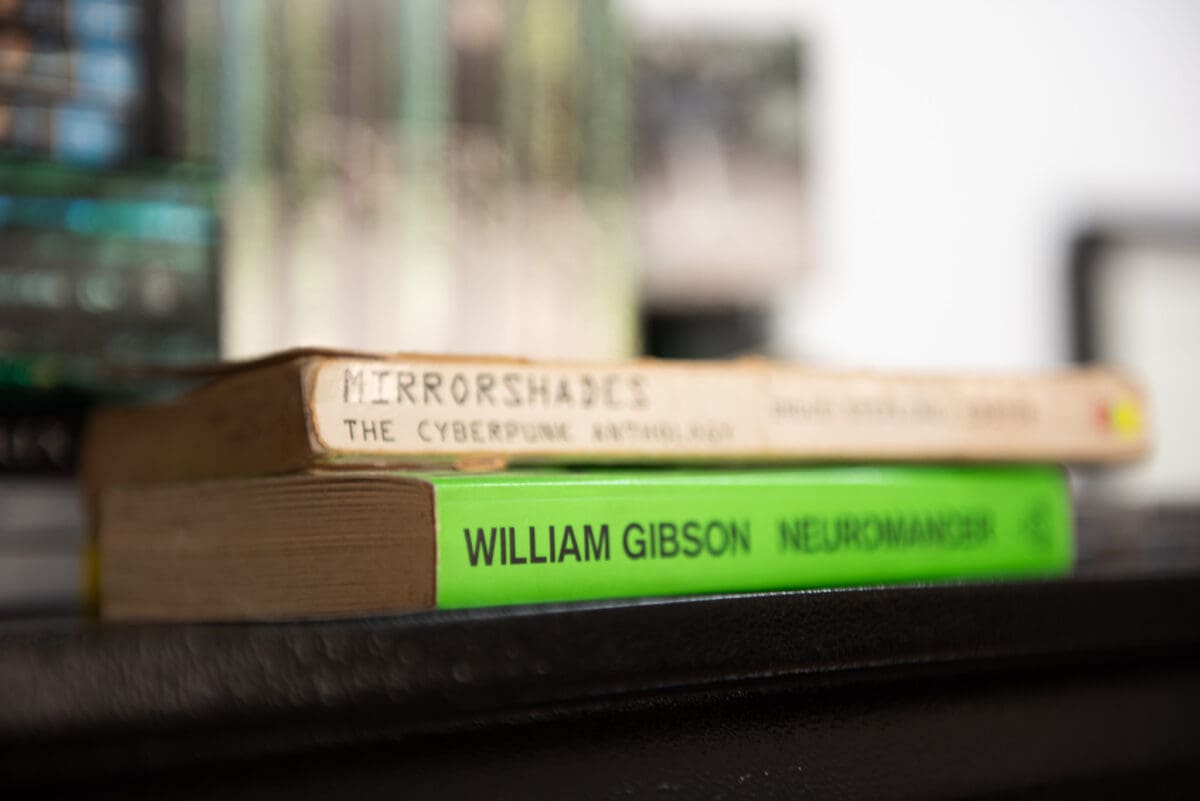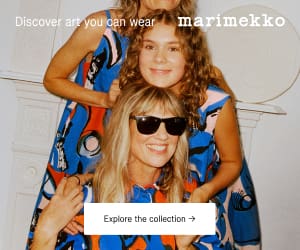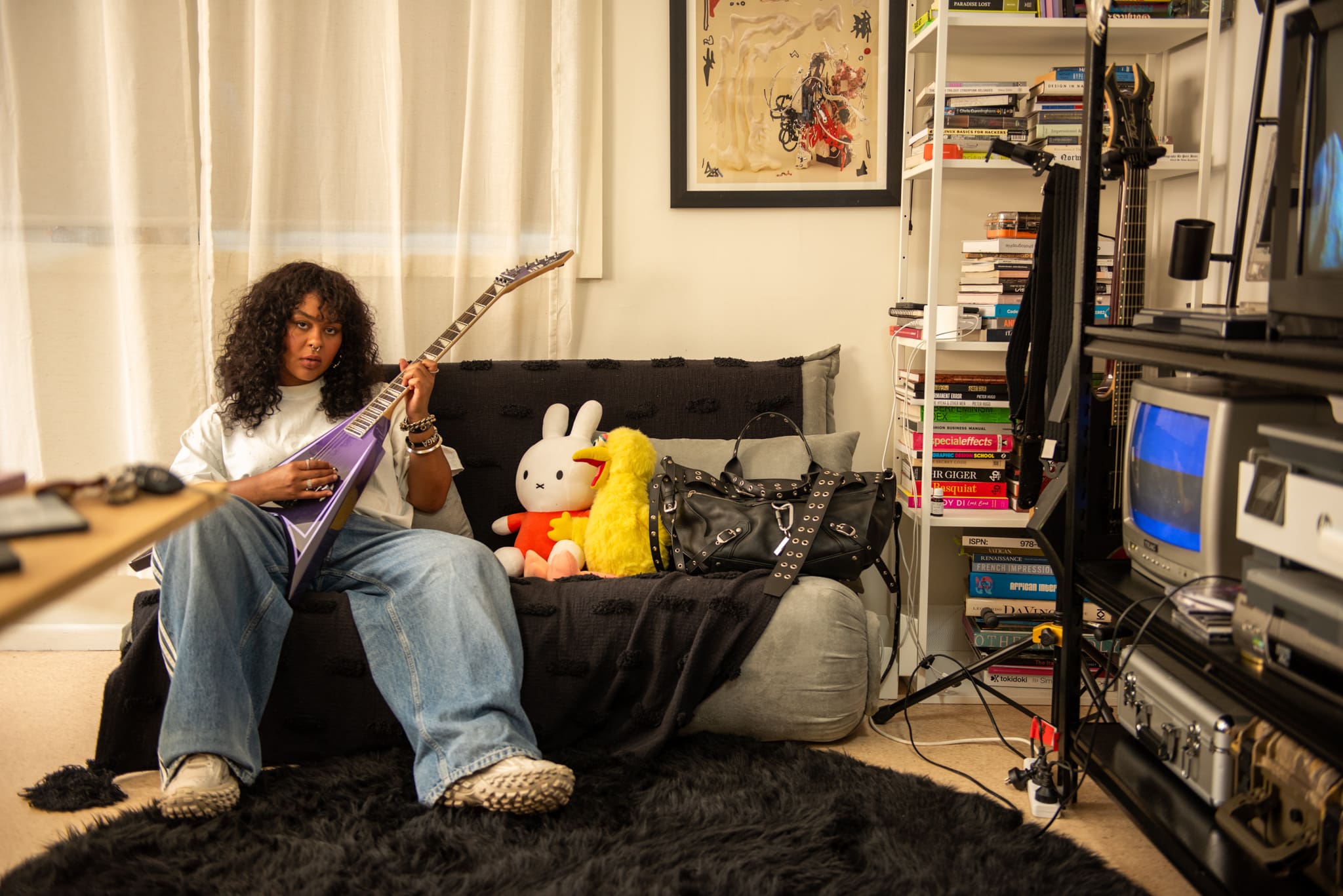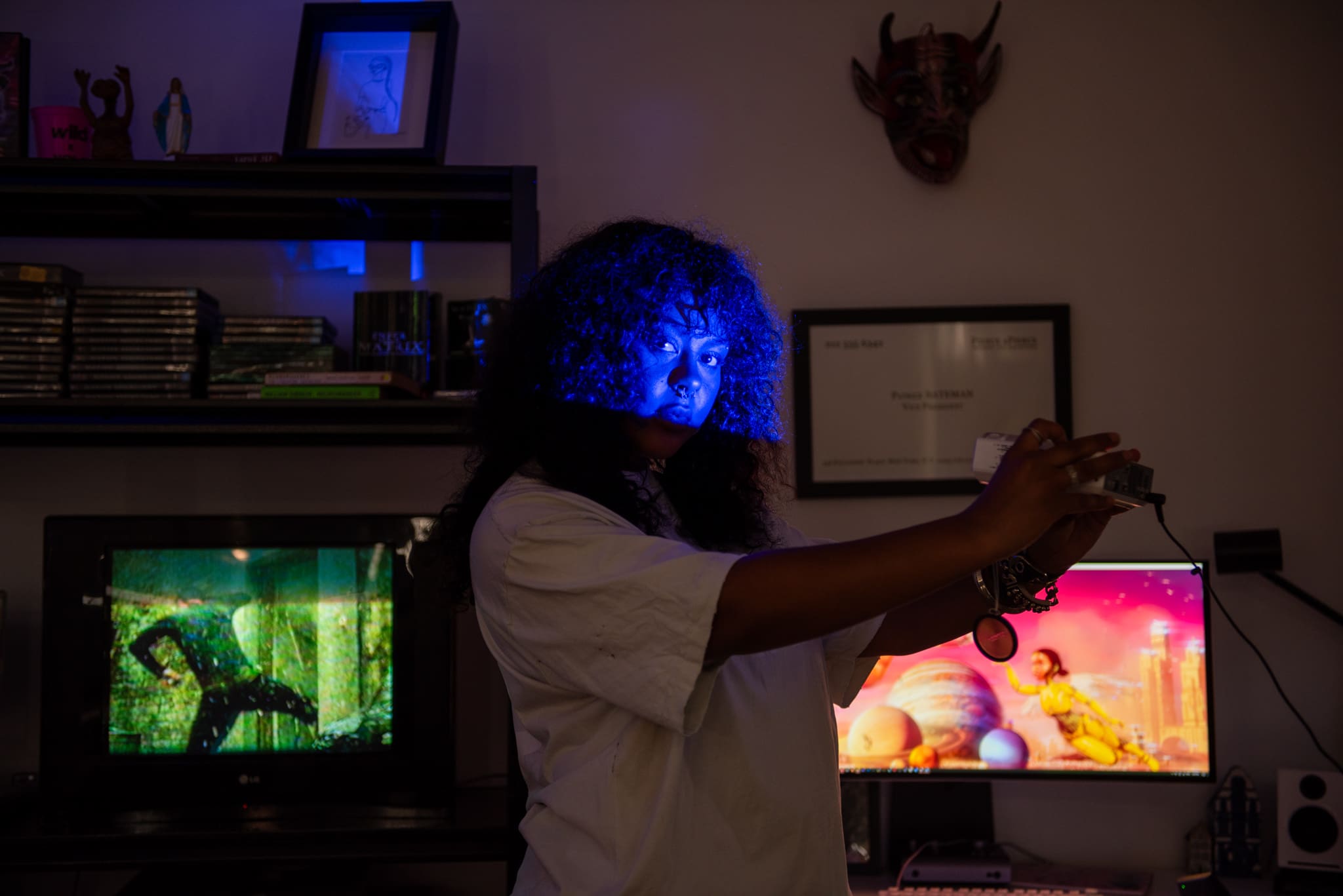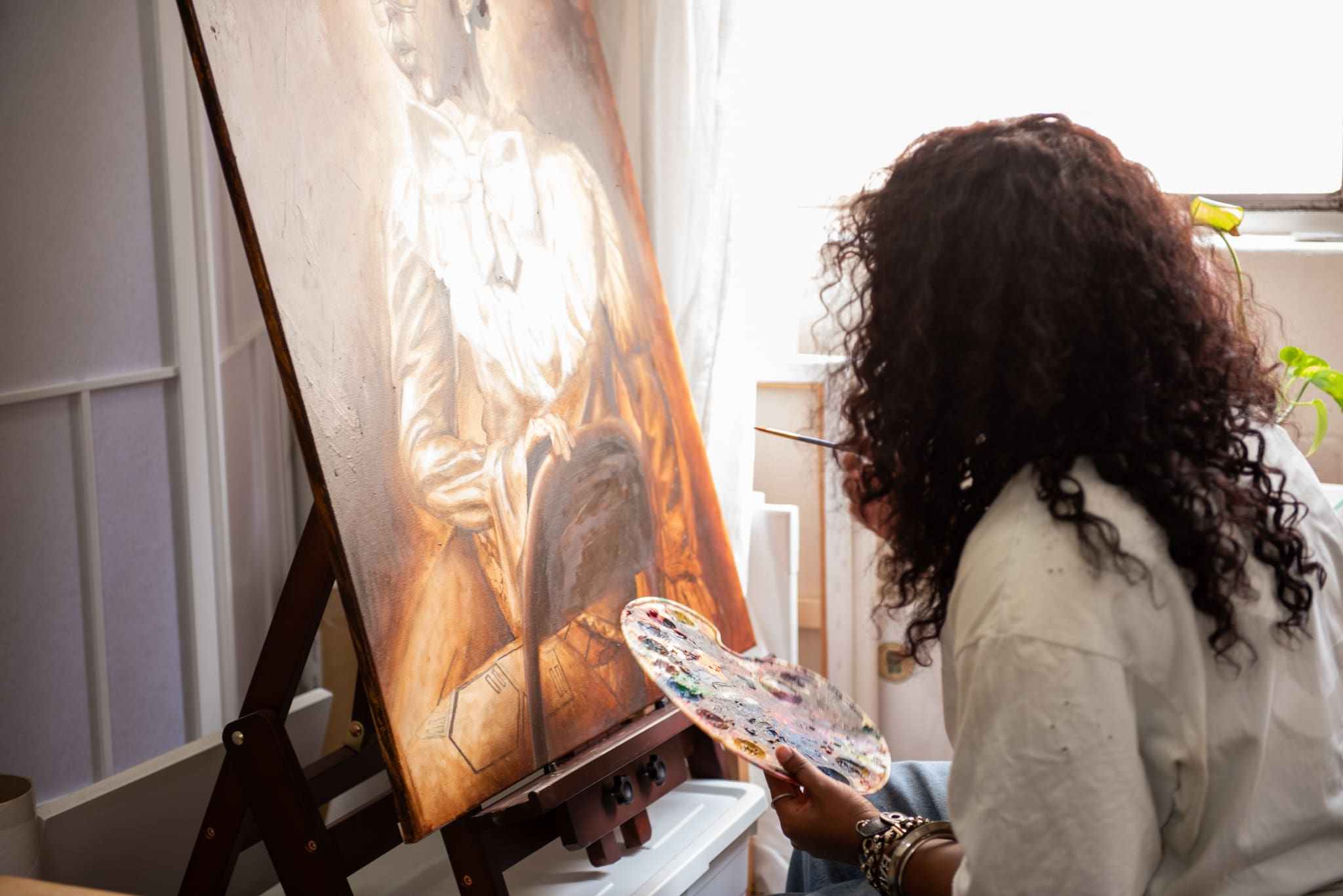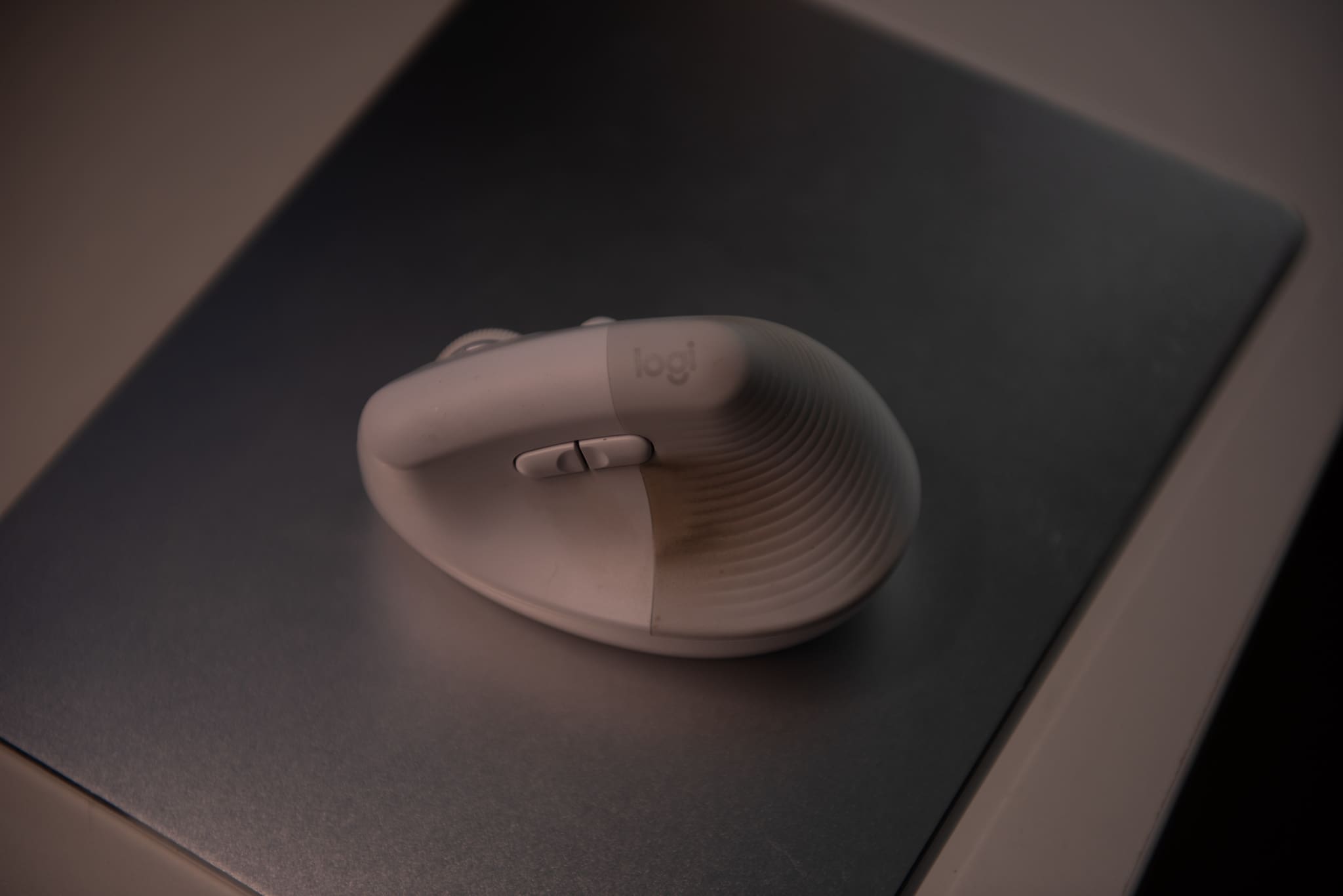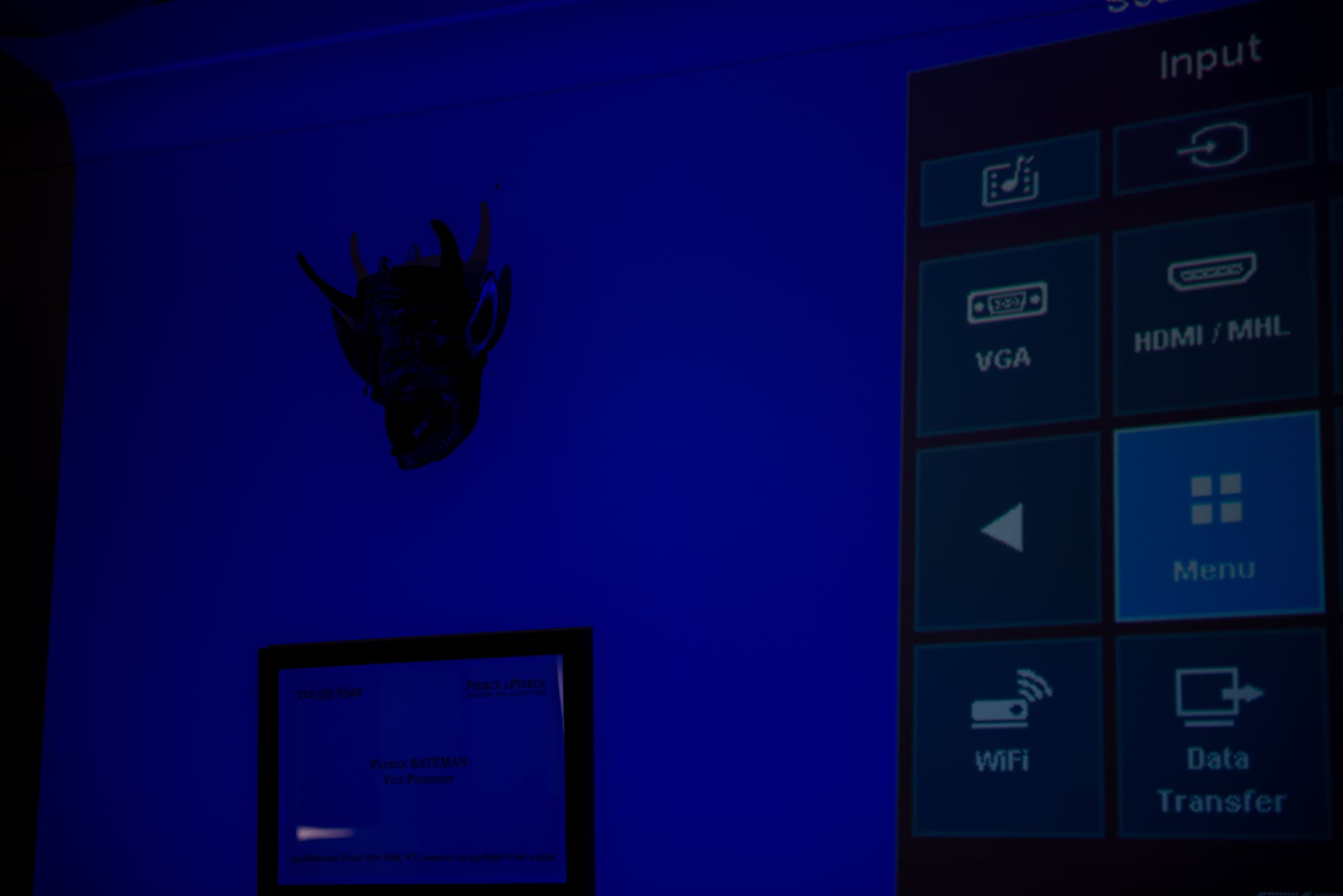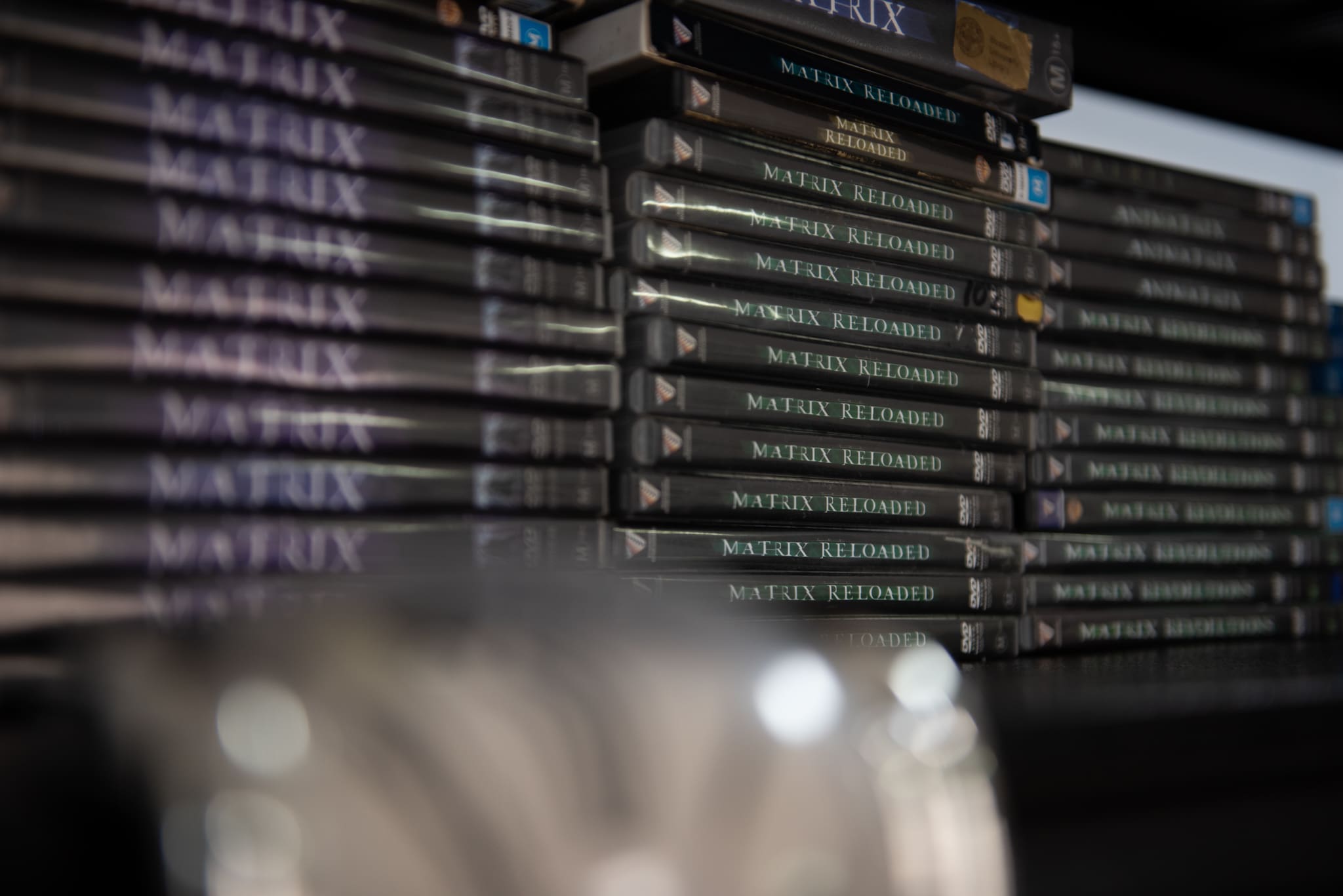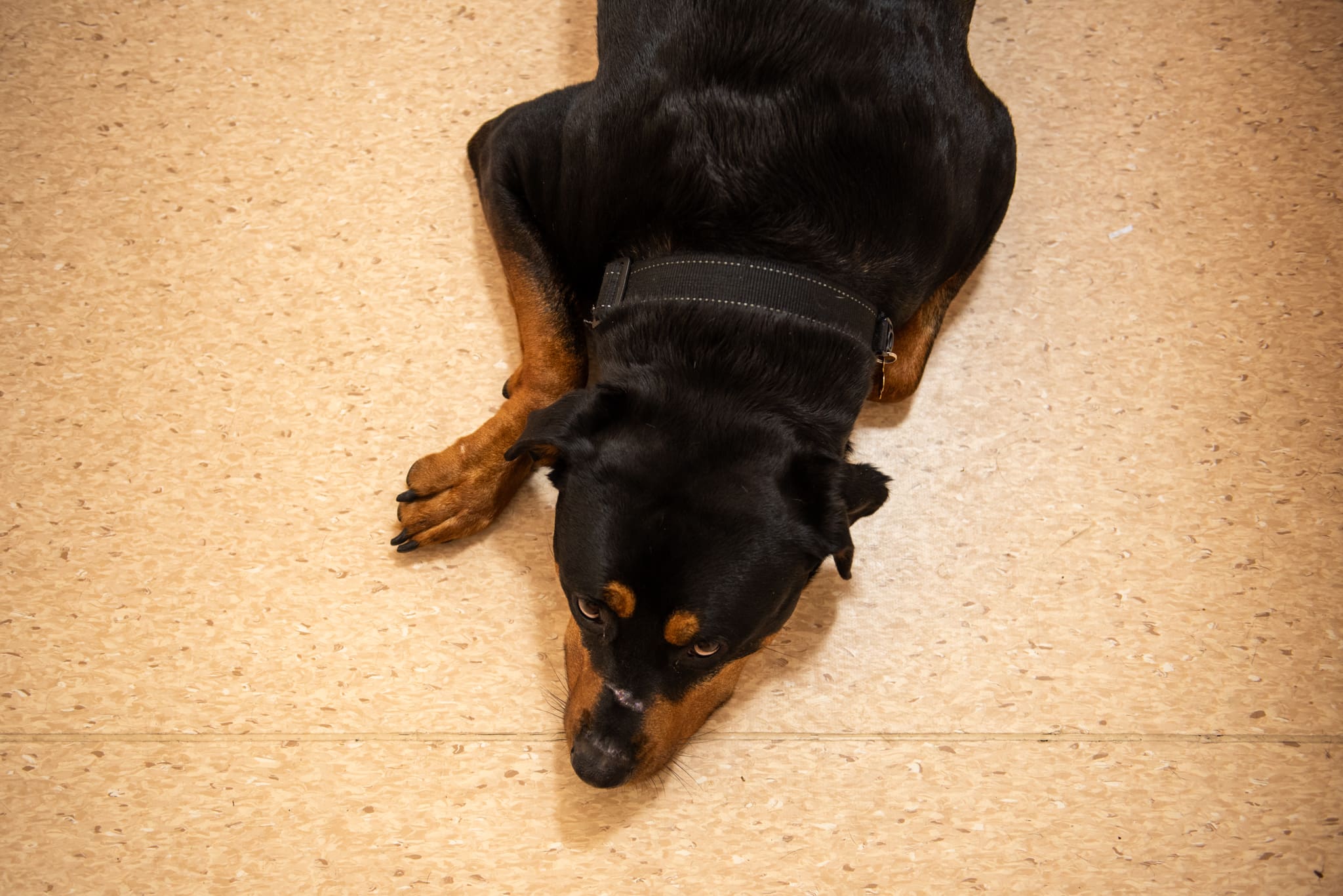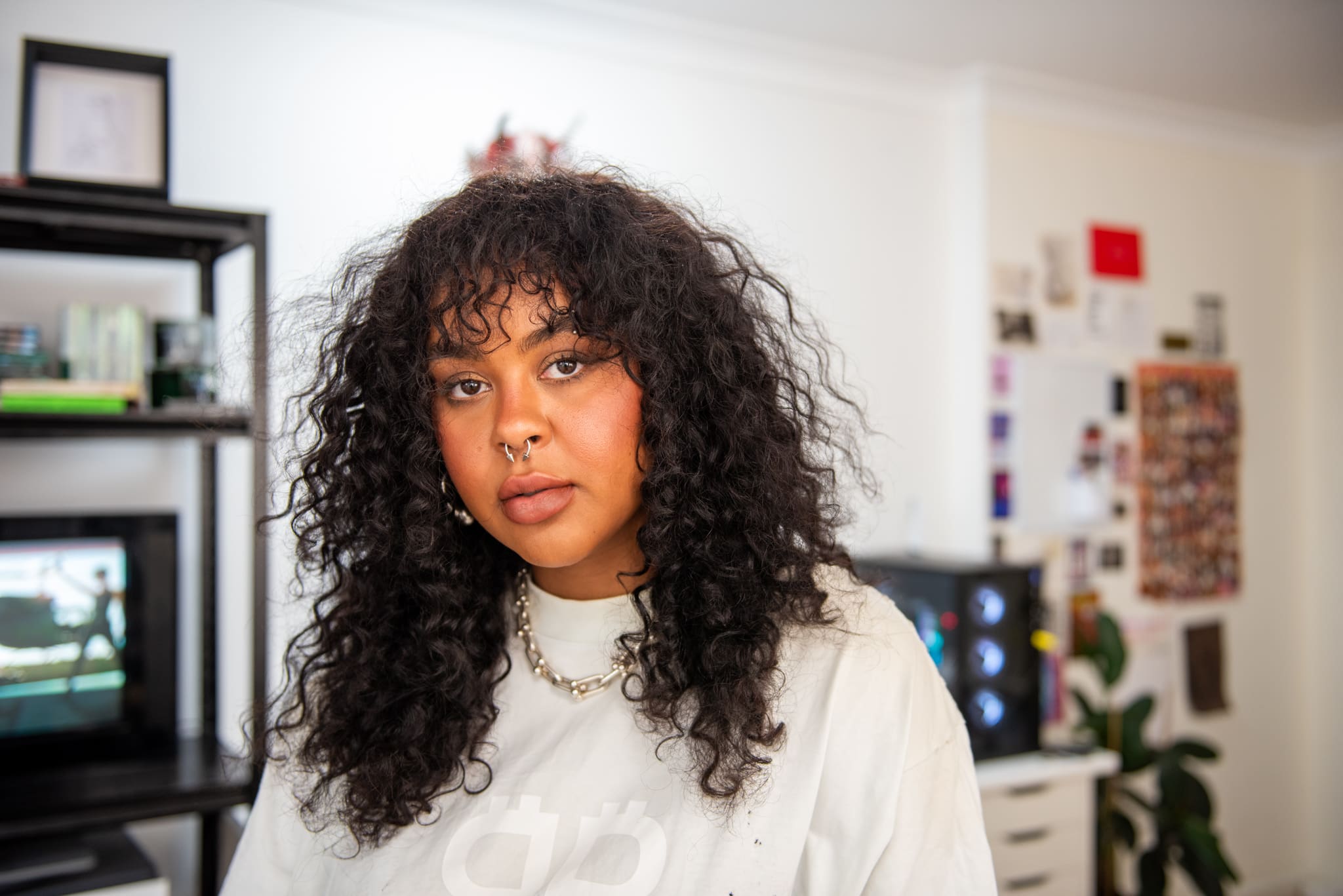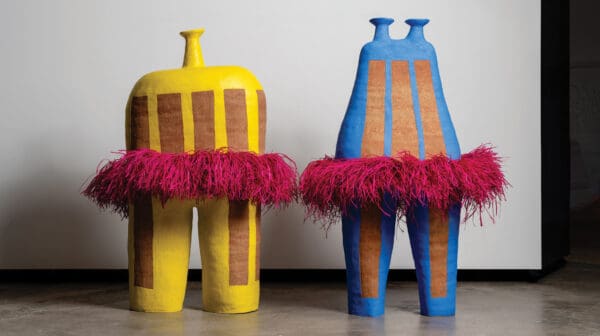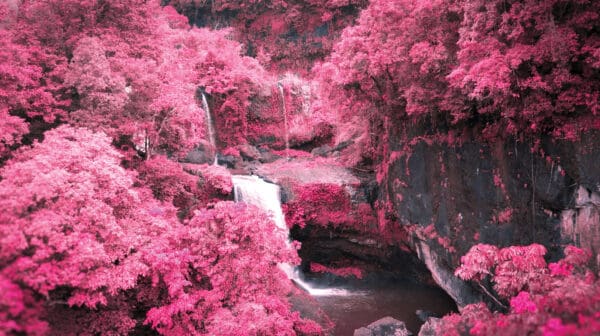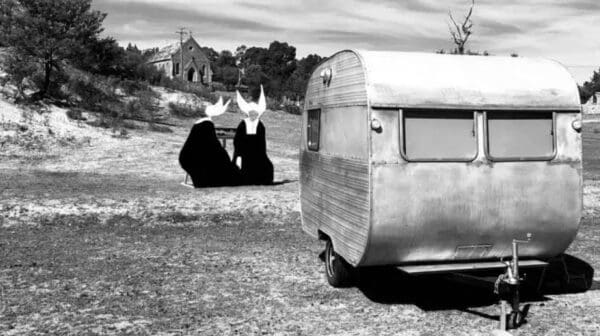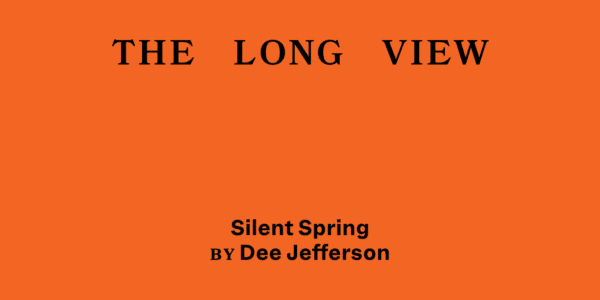When Serwah Attafuah was 10 years old, she discovered a set of oil paints in her family’s garage on Dharug land/Western Sydney. As a child of multidisciplinary artists, Attafuah naturally began to paint, skipping school to hone her skill, with her parents’ blessing. When they converted the garage into a flat four years later, Attafuah taught herself computer- based art via YouTube tutorials, expanding her portfolio with 3D animation, digital painting, and motion capture.
Today, the 25-year-old artist is known for her hyper-luminescent dreamscapes and cybernetic archetypes, infusing Afrofuturism, Renaissance, and Rococo styles. With notable participations at Sotheby’s, Powerhouse Museum Sydney, TEDx, and Soft Centre, she now has her sights set on ambitious works for the Museum of Contemporary Art as part of the 2024 Biennale of Sydney, and later at the Australian Centre for the Moving Image in 2025, as winner of the Mordant Family Moving Image Commission for Young Australian Artists prize.
As Attafuah enters her second year at Parramatta Artists Studio (PAS) in Rydalmere, she discusses the scavenger methods, ancestral rituals, and socio-ecological concerns that scaffold her practice—and why The Matrix helped her understand her place in the world.
Place
Serwah Attafuah: I use Afrofuturism in my work to explore common threads across the African continent—like scarification, material scavenging, and spirituality on the internet. For me, Afrofuturism is the ability to take the traditions, cultures and symbols from my Ghanaian heritage and morph them into a different space for new generations to interpret.
I live with my parents, which is perfect as it’s a short drive to PAS. Here, I spend most days working across different computers and programs, painting, reading books, and re-watching The Matrix. I’m hugely influenced by this movie because everything about it— the cyberpunk beauty, multi-layered narratives, trans body politics, even the colour grading—resonates with me. There’s a nuanced and limitless relationship between the real world and the matrix world, and it’s particularly special because The Matrix was shot in Sydney. Whenever I walk around Martin Place, I feel like I’m in a cyberpunk film! Similarly, I have a strong affinity for Western Sydney’s liminal spaces, whether it’s industrial or in nature. There’re pockets of highly congested cities and quiet, little suburbs. And there’s a staunchness and a softness to Western Sydney, and because this area is family and community oriented, it brings out the passion in people. My work is definitely informed by my time spent here.
Process
Serwah Attafuah: Experimentation is a really big part of my work, so I like to bounce around between painting, digital art, and playing heavy metal music. Lately, I’ve been making sculptures using electronic waste. When I was 19, I worked at an e-waste facility, learning how to dismantle and repurpose objects that would otherwise end up in landfill or in nature. I remember spending a week throwing out fully functioning smartphones, and that really pushed me to look deeper into this subject. It’s alarming how heavily we rely on things that end up going to waste or are harmful for the environment. One of the world’s largest e-waste dumps happens to be in the Ghana region of Agbogbloshie, so I find scavenging to be an interesting phenomenon, particularly across the African diaspora. In fact, my Dad is a welder and drummer who makes metal sculptures out of recycled parts, so we often go dumpster-diving together to collect discarded junk.
The past two years have been eye-opening for me since I was diagnosed with Borderline Personality Disorder and agoraphobia. I realised my digital worlds—and the avatars and landscapes within them—was just my subconscious trying to navigate the different headspaces I was in. I made a larger-than-life 3D abstraction of myself leaning over a city and called it Agoraphobia to express how overwhelming it was to feel alone in cities sometimes.
Some people put a lot of emphasis on the dangers of social media and the metaverse. But for me, it’s so much more than that. It’s my sanctuary, because to be honest, I don’t feel fully safe or whole in the real world. I think it’s important for people to look towards digital spaces for similar types of relief.
Projects
Serwah Attafuah: My family are from the Ashanti Akan tribe in Ghana, and we have a strong connection to nature and spirituality, so I like to translate imaginary futures into my own dialogue. In 2021, I was invited to envision a positive future for Fairfield in Here: After [at Fairfield City Museum & Gallery], so I made a solarpunk triptych about incorporating “green farms” into public spaces. Being a musician also feeds into my practice: I designed Triple One’s cover album art [for Panic Force] and made animated spaceships in a dystopian world for Genesis Owusu’s music video [Gold Chains, 2021], which I really enjoyed.
For the Biennale of Sydney, I’m creating Between this World and the Next, my largest piece ever. I spent 10 months collecting and repurposing discarded items like laptops and video cameras, even e-vapes donated by friends. In the middle of this junk mass, I’m placing eight video screens of digital animations. I mainly use programs like Daz 3D, Cinema 4D, Adobe, Octane and ZBrush. For source material, I’m revisiting pictures from my Ghana trip and Pieter Hugo’s photography books on Agbogbloshie e-waste landfills.
Gold is a spiritual tool for Ghanaians; it has cultural significance. So I’ve gone through 150 cans of gold spray-paint to achieve this Baroque-style wooden frame around the sculpture, which will be about two-metres high and eight-metres wide. I’m treating this as a prototype for my Mordant Prize commission, which will be a multi-screen work with augmented reality, blockchain and sculptural elements. I’m calling it The Darkness Between the Stars, and it explores the slave castles along the coast of Ghana, which was the first African country to be colonised by the Portuguese in 1482. It’s such a heavy, intense history. I’ve also been deep diving into Sakawa, which is the Ghanaian practice of ‘Internet magic’. It combines online fraud with African spiritualism and rituals, and uses white-man technology to get back at the colonisers through scamming methods. This type of decentralised and decolonial knowledge continues to inspire my work.
Between this World and the Next
Serwah Attafuah
Museum of Contemporary Art
2024 Biennale of Sydney: Ten Thousand Suns
9 March—10 June
This article was originally published in the March/April 2024 print edition of Art Guide Australia.

